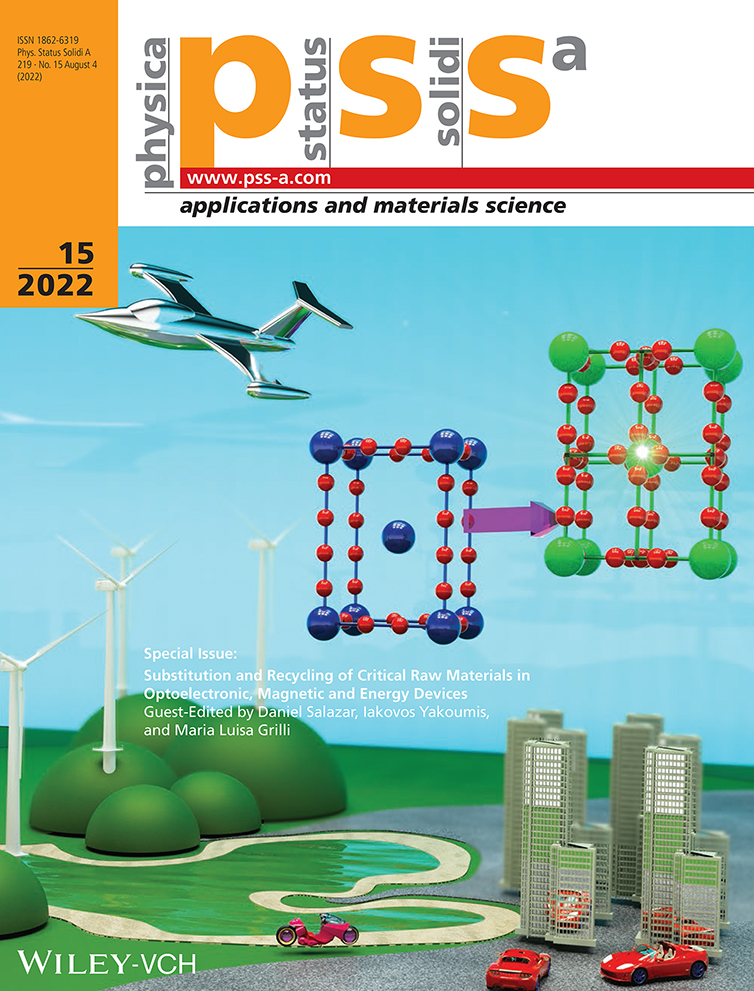Conductive Luminescent Material Based on Polymer-Functionalized Graphene Composite
Abstract
The synthesis of a new nanostructured supramolecular europium complex supported by graphene oxide (GO) as a structure-forming site is herein presented. The bonding of Eu ions to the GO surface is proven by energy dispersive X-ray spectroscopy and photoluminescence mapping, as well as scanning electron microscopy (SEM), spectroscopic, Fourier transform infrared spectroscopy, Raman, and luminescence measurements. Though GO is one of the ligands and absorbs light strongly, the energy transfer from GO to Eu ion is weak. The splitting of 5D0→7F2 peak and three-component luminescence decay means that there are several emitting centers in this composite. The obtained data are the first proof of concept for a stable, highly luminescent, and electrically conductive hybrid nanocomposite based on polystyrene added with 2% (w/w) of the obtained Eu–GO complex. The simple and reliable proposed procedure is prone to be easily scaled up and open the route for the commercialization of this nanomaterial.
Conflict of Interest
The authors declare no conflict of interest.
Open Research
Data Availability Statement
The data that support the findings of this study are available from the corresponding author upon reasonable request.




